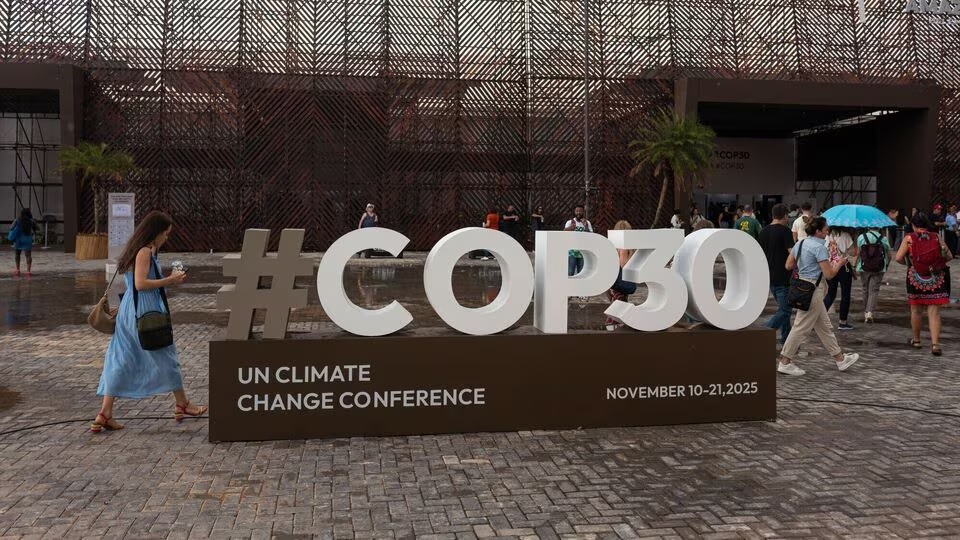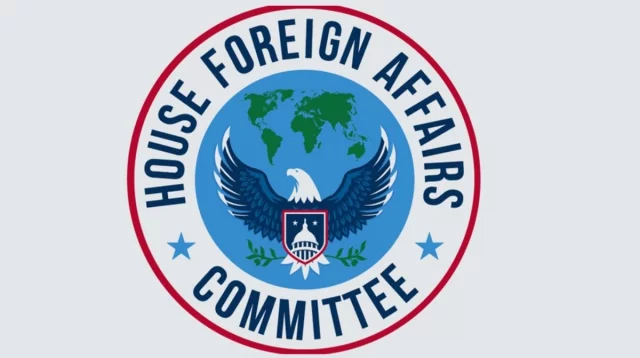
Private capital rushes to close funding gap
Japan’s Mitsubishi UFJ Financial Group (MUFG) and global partners have launched a climate loan fund that raised US$600 million in its opening round, with a goal to reach US$1.5 billion by 2026. The facility will finance resilience and mitigation projects in developing countries—70 percent devoted to adaptation such as climate-smart agriculture, flood defenses, and water management, and the rest to renewable-energy expansion.
The fund’s timing is deliberate: developing nations face a US$300 billion annual shortfall in climate finance. As multilateral channels stagnate, private capital is stepping in to fill the vacuum. MUFG executives said the model aims to “make adaptation bankable” by blending concessional and commercial lending streams.
Expected reach and global relevance
Once fully deployed, the fund expects to support over 19 million beneficiaries and avert 30 million tonnes of CO₂ each year. Analysts see it as part of a broader pivot toward mixed-finance vehicles that attract institutional investors without sacrificing social objectives. Ahead of COP30, Japan hopes the initiative will showcase Asia’s financial leadership in green transformation. It also signals how future climate solutions may hinge less on pledges—and more on measurable, market-aligned delivery.






















